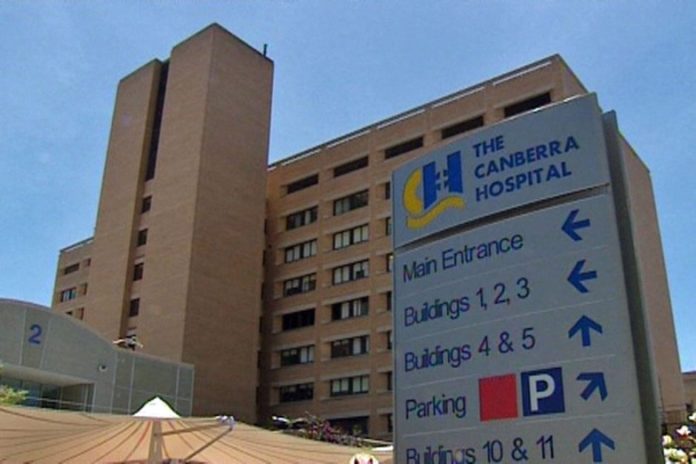
The Canberra Hospital has recorded a higher-than-average rate of potentially deadly golden staph infections.
A new report by the National Health Performance Authority shows the Canberra Hospital recorded 41 cases, or a rate of 1.72 staph infections per 10,000 patient bed days, last financial year.
This compares to a an average rate of 1.35 for other major hospitals across the country.
The Calvary Public Hospital recorded only three cases, well below the average infection rate for hospitals of a similar size.
ACT Health director of infectious diseases, Professor Peter Collignon, says the majority of cases are linked to stays in hospital.
“The reason for that is we have people crowded together,” he said.
“We have lots of things we do to people, such as intravenous catheters…that are not always looked after as well as they should be and they’re left in there longer than they’re needed or sometimes in there when you don’t need them.
“So there’s a lot more people at risk of getting problems.”
Despite the high infection rate, Professor Collignon says the number of cases at Canberra Hospital has halved since 1998.
He says more care is being taken when inserting intravenous lines, but he says there are still issues with hand washing.
“We use alcohol hand solutions and that should be used before touching a patient, after touching a patient and before a procedure,” he said.
“Even when people are watched, and they know they’re being watched, we only get a 70-80 per cent compliance. We need to change that behaviour.
“We’re almost seduced by all the fancy drugs and equipment we’ve got, so we think the basic things don’t matter as much. But the bottom line is we need to do the basics.”
The vast majority of public hospitals around the country – including Canberra and Calvary – were below the Federal Government’s agreed target for rates of infection.
“But there’s still a way to go. Golden staph in your blood is still a serious infection,” Professor Collignon said.
“Twenty per cent to 25 per cent of people that have it in their blood don’t survive more than 30 days.
“It’s very serious and there’s many thousands of these cases in Australia every year.”
Source: ABC NEWS
